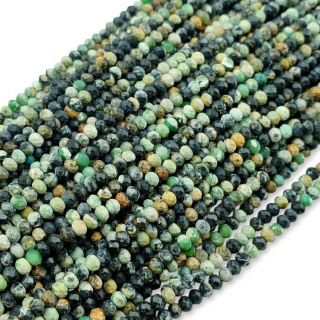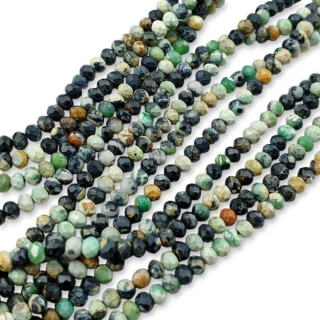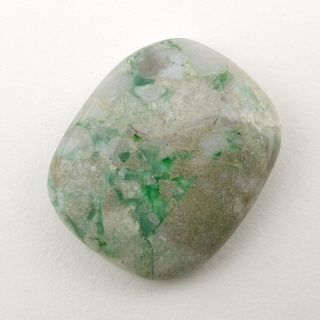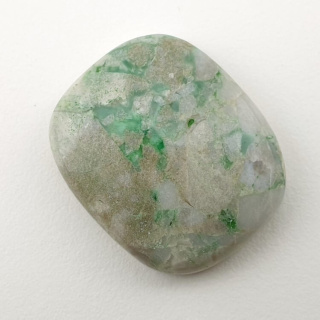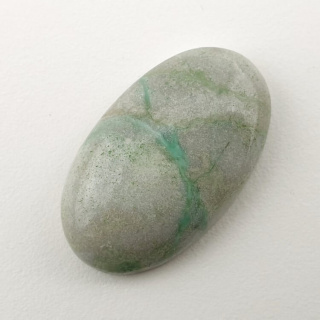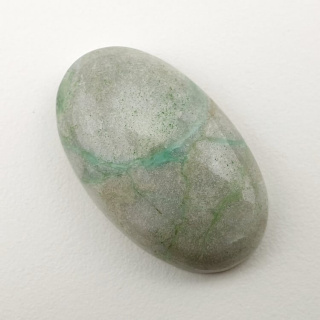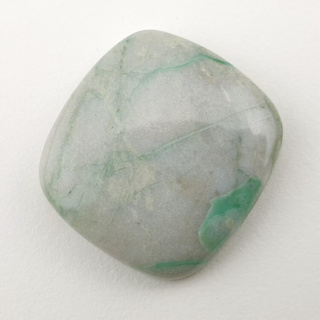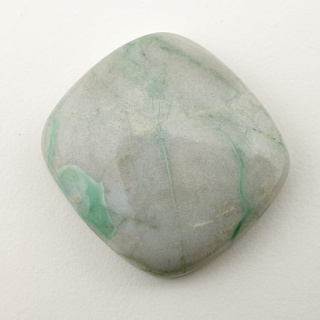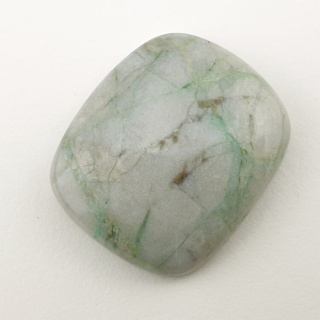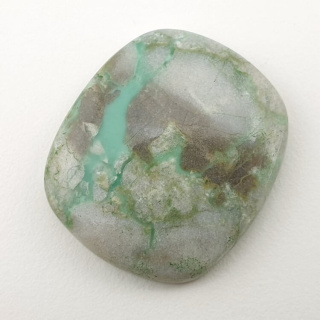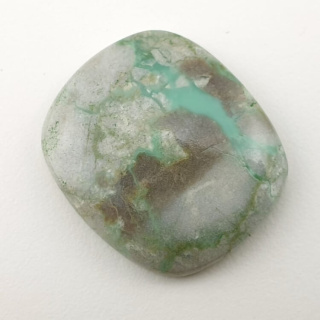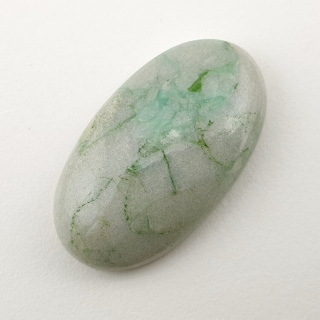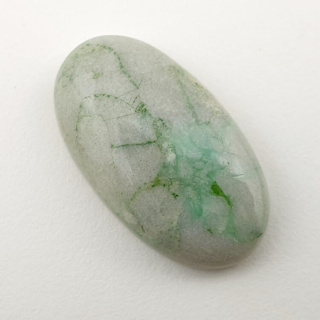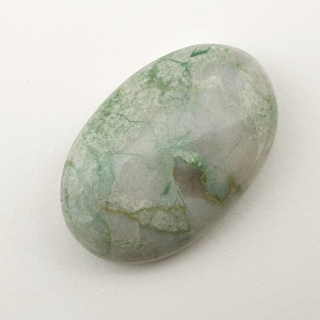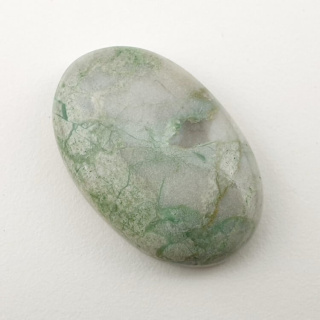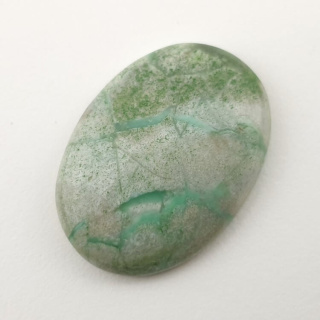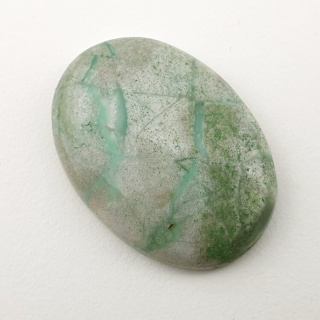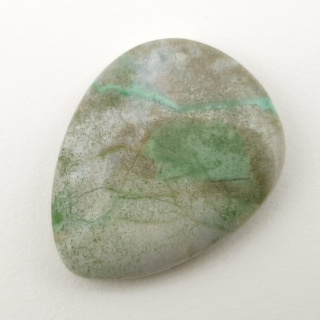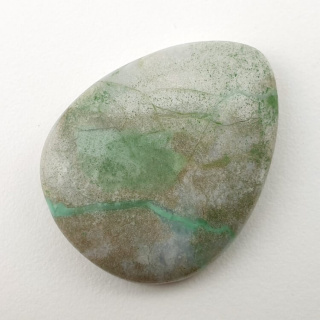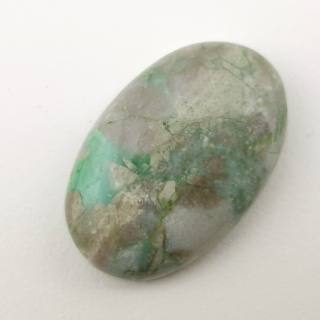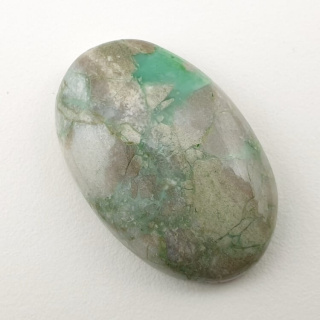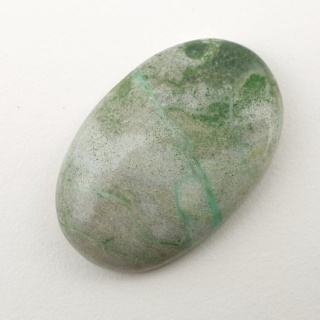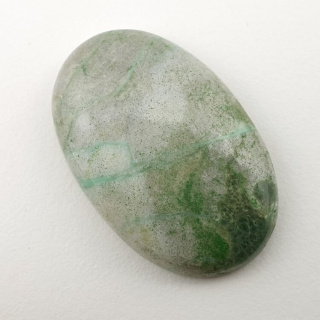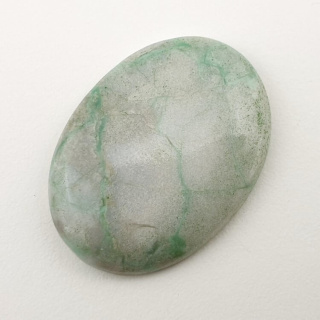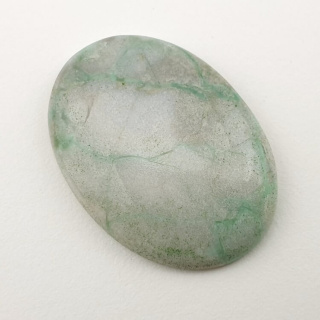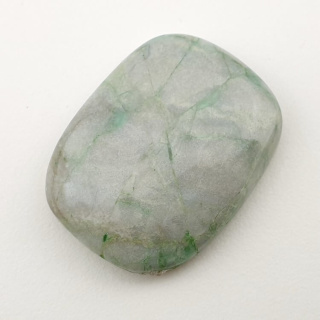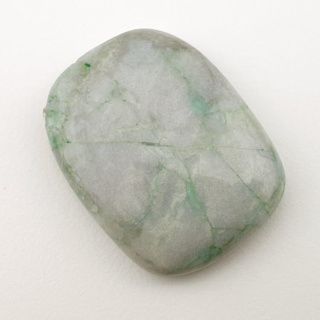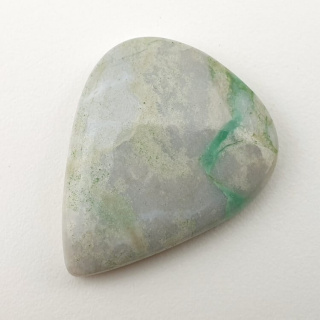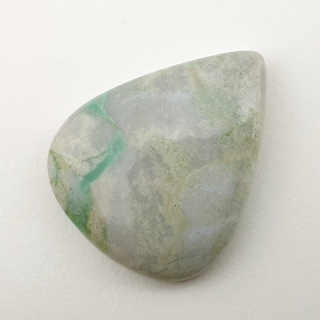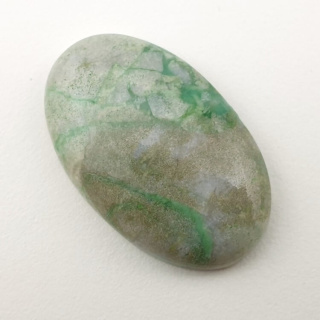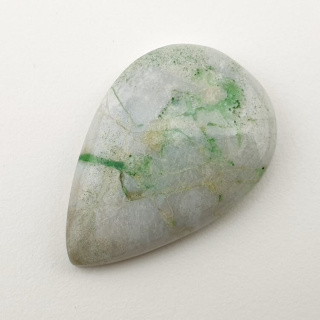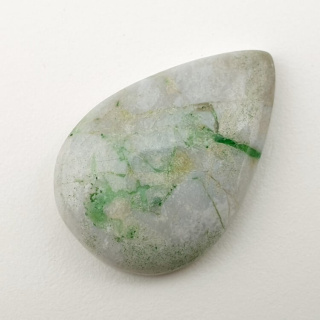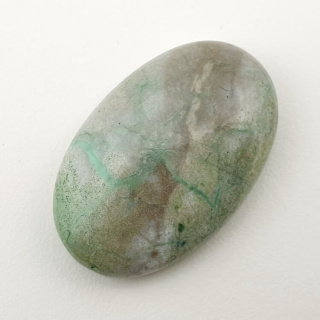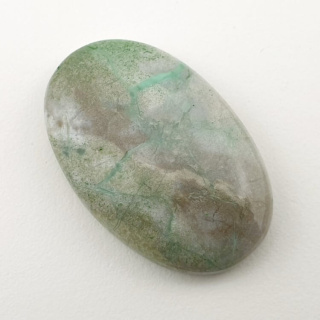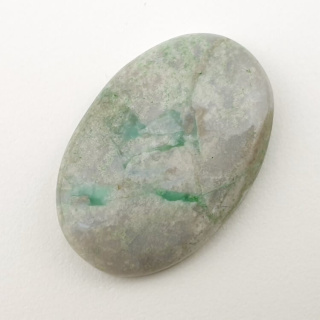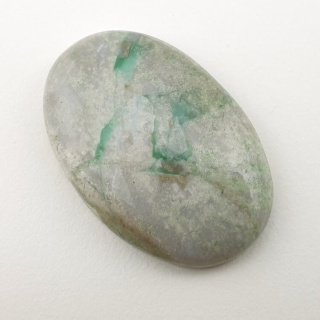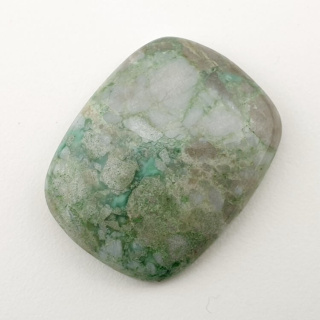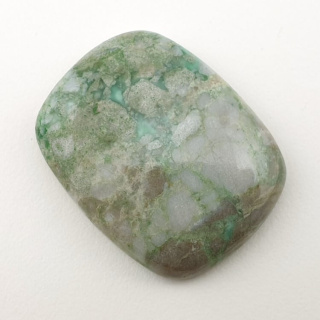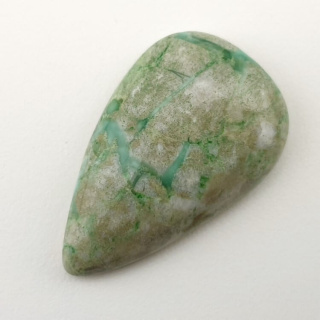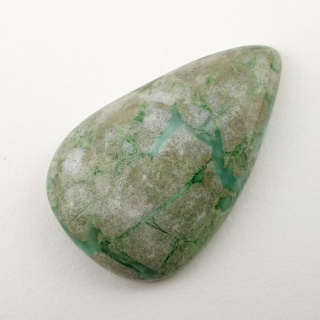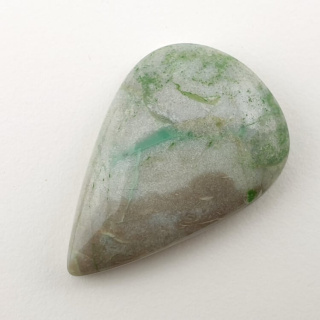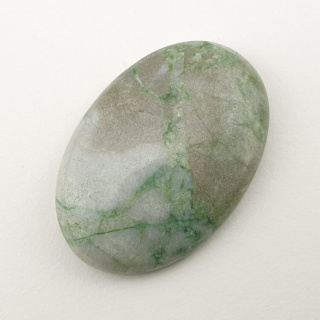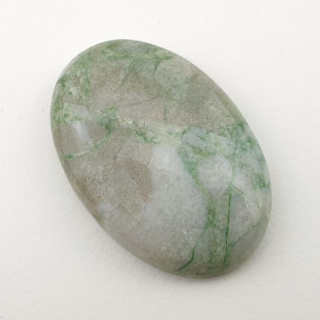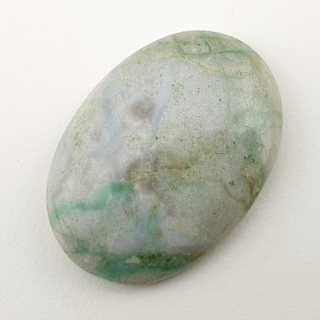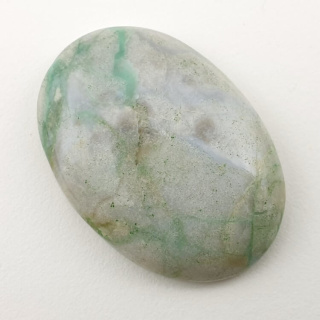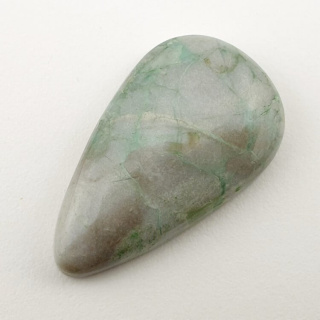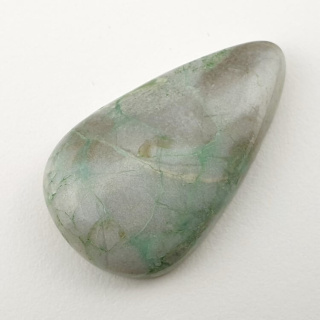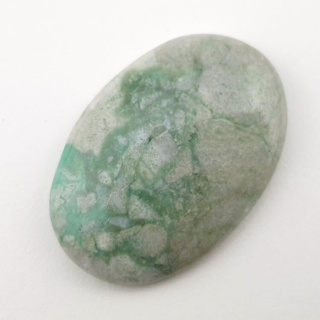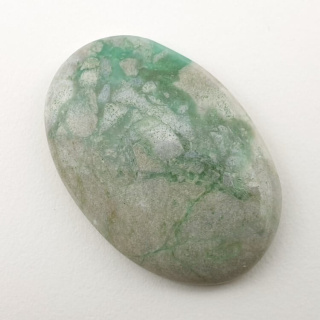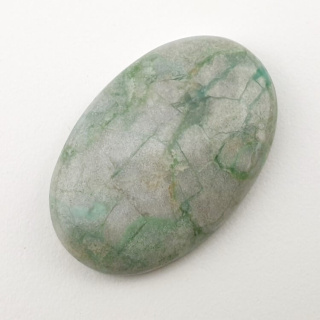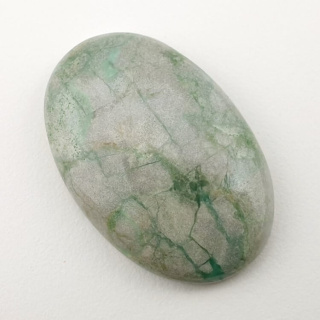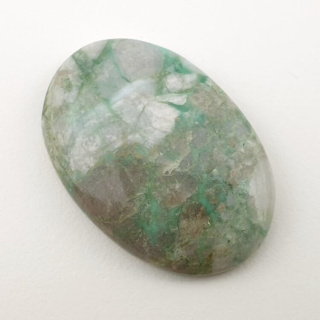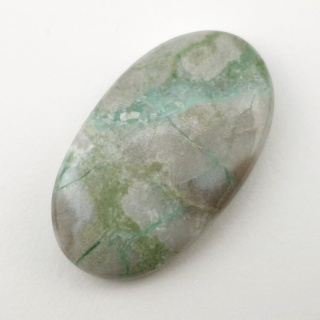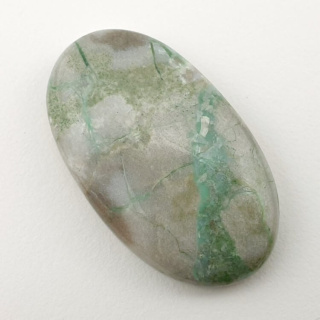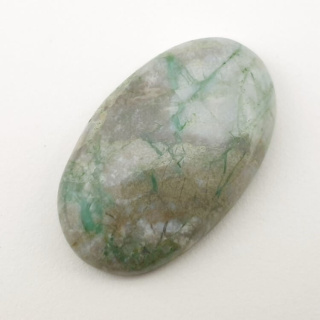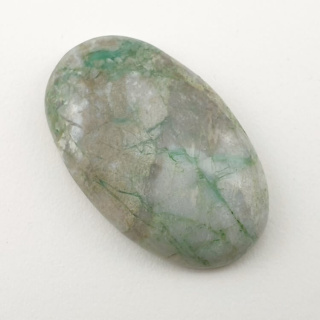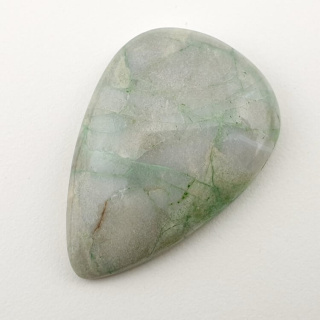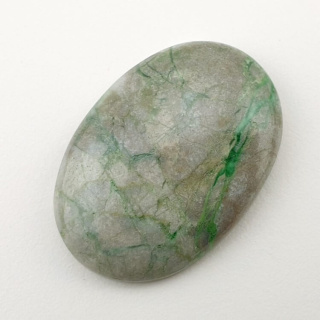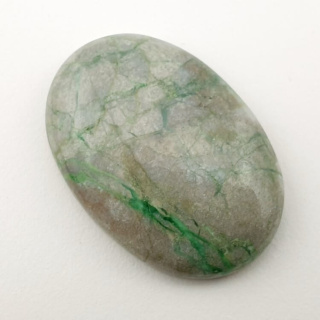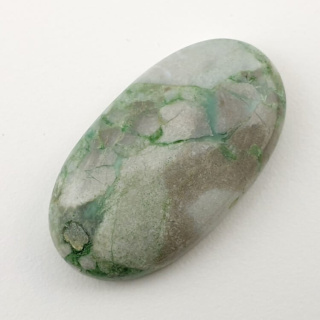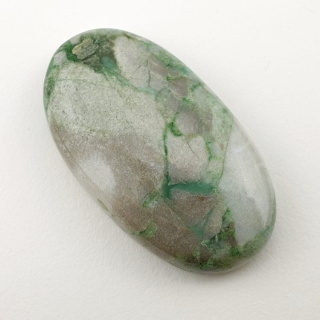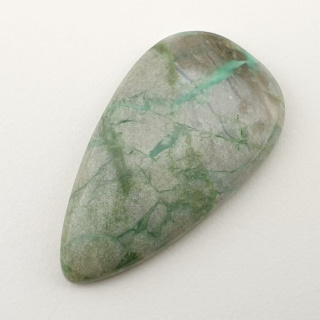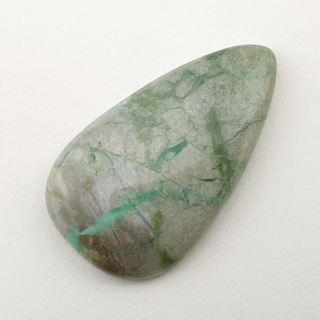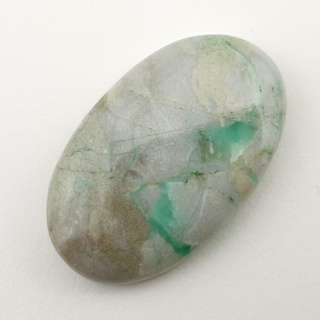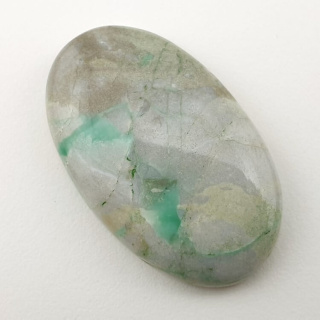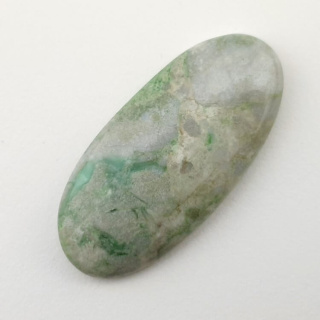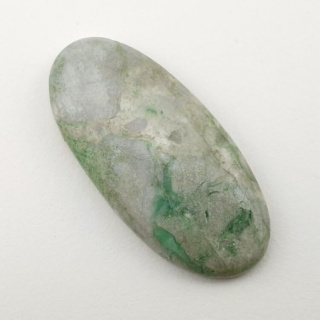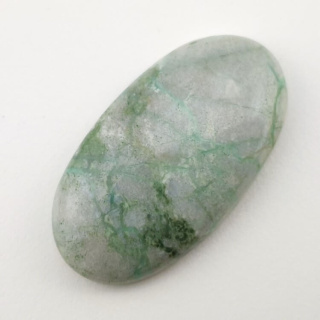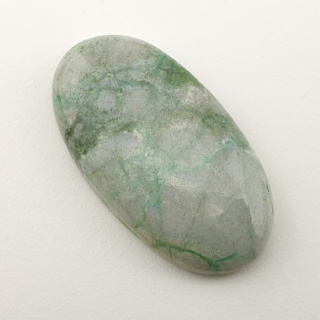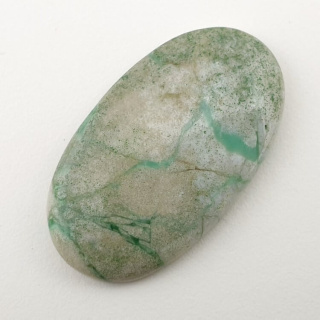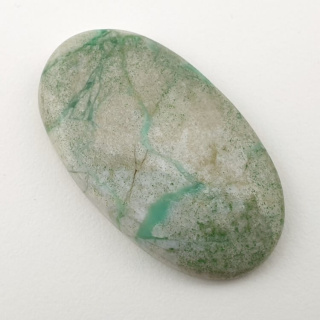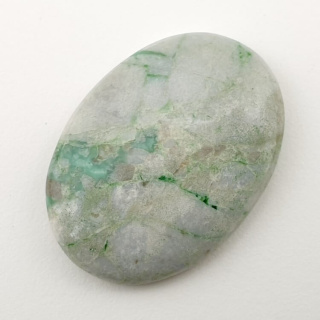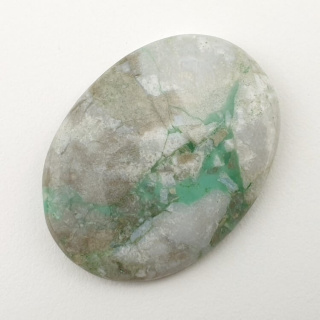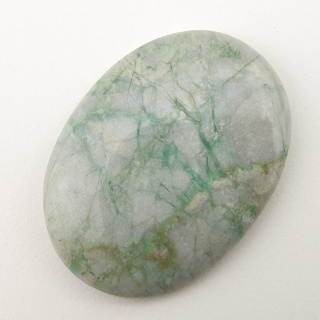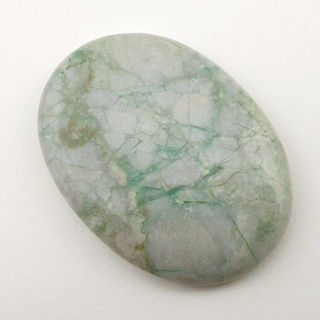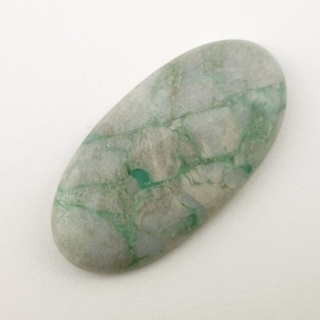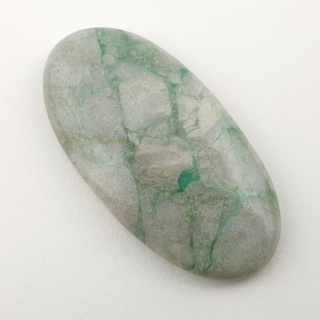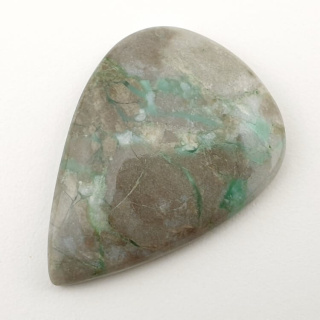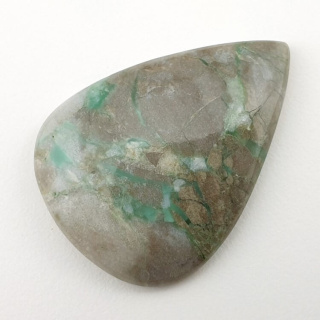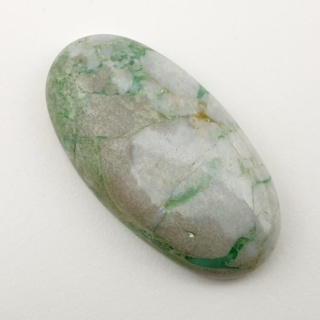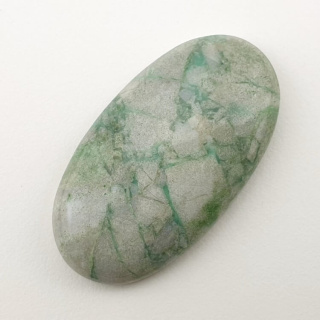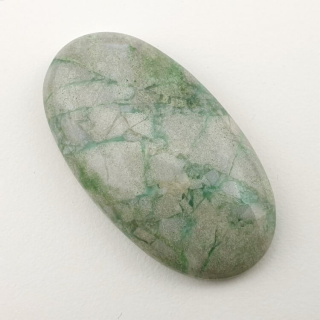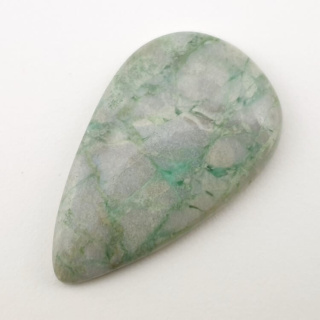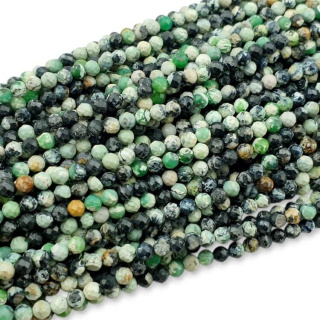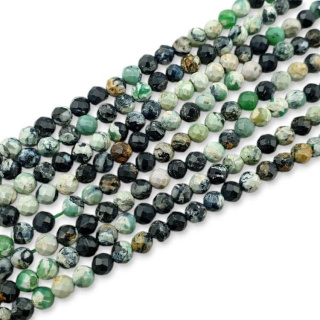- ...
-
Kategorie
- Kamienie | Minerały
- Koraliki do biżuterii
- Półfabrykaty jubilerskie
- Kamienie syntetyczne
- Kamienie wg zodiaku
- Perły | Muszle
- Zawieszki
- Bransoletki
- Kryształki - Taśmy
- Kamienie A-F
- Kamienie G-K
- Kamienie L-O
-
Kamienie P-Z
- Perydot
- Pietersyt
- Piryt
- Prehnit
- Purpuryt
- Rodochrozyt
- Rodonit
- Rubin
- Selenit
- Septaria
- Serafinit
- Serafinit indyjski
- Serpentynit
- Skamieniałe drewno
- Skapolit kocie oko
- Skolecyt
- Sodalit
- Stichtyt
- Szatukit
- Szelit
- Szungit
- Tektyt
- Thulit
- Topaz
- Turkus tybetański
- Turmalin
- Tygrysie oko
- Tygrysie żelazo
- Unakit
- Waryscyt
- Wyprzedaż
- Okazje 💵
- Wyprzedaże 🛒
- Nowości💥
- Rabaty
- Dostawa
- Płatność
- Zwroty
- Kontakt
- Blog
- Kryształki - taśmy (sale -40%)
-
Kategorie
-
Perydot
-
Pietersyt
-
Piryt
-
Prehnit
-
Purpuryt
-
Rodochrozyt
-
Rodonit
-
Rubin
-
Selenit
-
Septaria
-
Serafinit
-
Serafinit indyjski
-
Serpentynit
-
Skamieniałe drewno
-
Skapolit kocie oko
-
Skolecyt
-
Sodalit
-
Stichtyt
-
Szatukit
-
Szelit
-
Szungit
-
Tektyt
-
Thulit
-
Topaz
-
Turkus tybetański
-
Turmalin
-
Tygrysie oko
-
Tygrysie żelazo
-
Unakit
-
Waryscyt
Kamienie P-Z -
- Okazje 💵
- Wyprzedaże 🛒
- Nowości💥
- Rabaty
- Dostawa
- Płatność
- Zwroty
- Kontakt
- Blog
- Kryształki - taśmy (sale -40%)
-
- Ulubione
-
-
Koszyk (0)Koszyk jest pustyDo bezpłatnej dostawy brakuje: -,--Darmowa dostawa!Realizuję zamówienieSuma 0 złCena uwzględnia rabaty
-
Waryscyt: Zielony kamień harmonii
Liczba produktów: 47Co to jest waryscyt?
Waryscyt to minerał z grupy fosforanów, który występuje głównie w kolorze zielonym lub zielono-żółtym. Jest to minerał złożony z fosforanu glinowo-wapniowego, z domieszkami aluminium i żelaza.
Nazwa waryscyt " variscite" pochodzi od niemieckiego słowa "Varisz", odnoszącego się do gór Variscan w Niemczech, gdzie ten minerał został odkryty po raz pierwszy.
Zielony waryscyt jest często stosowany jako kamień ozdobny w jubilerstwie i rzeźbie. Jego piękne zielone lub niebieskozielone zabarwienie oraz fakt, że jest miękki i stosunkowo łatwy do obróbki, czynią go popularnym materiałem do tworzenia biżuterii i ozdób.
Jakie są główne właściwości fizyczne waryscytu?
Główne właściwości fizyczne waryscytu to:
- Barwa: Zazwyczaj jest zielona, zielono-żółta lub niebieskozielona, czasami może również występować w odcieniach białych, szarych lub czerwonych.
- Twardość: Minerał waryscyt ma twardość na poziomie 4,5–5,5 w skali twardości Mohsa, co oznacza, że jest stosunkowo miękki w porównaniu do niektórych innych minerałów.
- Połysk: Charakteryzuje się woskowym lub szklistym połyskiem.
- Przełam: Zazwyczaj nierówny lub muszlowy.
- Gęstość: Gęstość waryscytu wynosi około 2,6–2,7 g/cm³.
- Transparencja: Jest przeważnie nieprzezroczysty do półprzezroczystego.
- System krystalograficzny: Zwykle występuje w postaci agregatów ziarnistych, ale może tworzyć także kryształy o wydłużonym lub tabliczkowym kształcie.
- Habitus: Często występuje w postaci ziarnistych lub kulistych skupień, rzadziej w postaci kryształów.
- Lśnienie: Warto zauważyć, że niektóre odmiany waryscytu mogą wykazywać efekt kociego oka (chatoyancy), co oznacza, że w odpowiednich warunkach oświetleniowych minerał ten może wydawać migoczący lub pływający połysk podobny do oka kota.
Gdzie na świecie występuje minerał waryscyt?
Waryscyt występuje głównie w różnych regionach geograficznych na całym świecie. Niektóre z najbardziej znanych miejsc występowania waryscytu to:
- Stany Zjednoczone: Waryscyt jest wydobywany w wielu stanach, w tym w Utah, Nevada, Colorado, Idaho i Nowym Meksyku. Na przykład, okolice Little Green Monster Mine w Utah słyną z wydobycia waryscytu.
- Australia: Waryscyt jest również powszechnie występującym minerałem w Australii, szczególnie w stanach Australia Zachodnia i Queensland.
- Boliwia: Jest wydobywany w Boliwii, gdzie występuje w kopalniach w departamencie Santa Cruz.
- Brazylia: Brazylia jest kolejnym ważnym regionem występowania waryscytu. Szczególnie znane są złoża w stanach Minas Gerais i Goiás.
- Hiszpania: Minerał waryscyt można znaleźć w niektórych regionach Hiszpanii, takich jak Katalonia i Andaluzja.
- Rosja: Występuje również w niektórych obszarach Rosji, w tym na Syberii i Uralu.
To tylko kilka przykładów miejsc, gdzie można znaleźć waryscyt. Jest to minerał stosunkowo powszechnie występujący i jest wydobywany z różnych części świata.
Jaka jest historia odkrycia waryscytu i jego nazwy?
Historia odkrycia waryscytu sięga XIX wieku. Nazwa "variscite" pochodzi od regionu, w którym została odkryta. Minerał ten został nazwany od gór Variscan, które są pasmem górskim w Niemczech,.
W 1837 roku niemiecki mineralog i geolog Abraham Gottlob Werner opisał minerał znany jako "Utahlite", który później został zidentyfikowany jako waryscyt. Nazwa "Utahlite" wzięła się od stanu Utah w USA, gdzie minerał ten został odkryty.
Pierwsze próbki waryscytu odkryto w okolicach górskich, ale później znaleziono go także w innych częściach świata, takich jak Australia, Brazylia, Rosja i Hiszpania.
Od momentu swojego odkrycia waryscyt był stosowany jako kamień ozdobny w jubilerstwie i rzeźbie. Jego unikalne właściwości fizyczne i atrakcyjne zabarwienie sprawiły, że stał się cenionym minerałem wśród kolekcjonerów i artystów. Dzięki swojej historii odkrycia i eksploracji waryscyt ma ważne miejsce w dziedzinie nauk o ziemi oraz w kulturze jubilerskiej i artystycznej.
Czy waryscyt ma jakieś znaczenie mistyczne?
Waryscyt jest minerałem, który często jest kojarzony z różnymi znaczeniami mistycznymi i duchowymi. Oto kilka spośród nich:
- Energetyczne właściwości: W niektórych praktykach ezoterycznych uważa się, że waryscyt posiada energetyczne właściwości, takie jak wspomaganie równowagi emocjonalnej i duchowej oraz zwiększanie intuicji. Jest często stosowany jako kamień, który ma pomagać w zrozumieniu i oczyszczeniu myśli.
- Kamień spokoju: W tradycji ezoterycznej waryscyt jest czasem uważany za kamień spokoju i harmonii. Ludzie noszący go jako biżuterię mogą odczuwać ulgę i uspokojenie w trudnych sytuacjach lub w trakcie medytacji.
- Kamień wzmacniający intuicję: Wierzono, że waryscyt może wzmacniać zdolności intuicyjne i pomoc w rozwijaniu duchowych umiejętności. Jest to związane z jego energetycznymi właściwościami i wierzeniami dotyczącymi połączenia z wyższymi poziomami świadomości.
- Kamień transformacji: Niektórzy uważają zielony waryscyt za kamień transformacji, który pomaga w przemianie negatywnych energii na pozytywne oraz w rozwijaniu osobistego rozwoju i duchowej ewolucji.
- Kamień wspierający komunikację: W tradycji ezoterycznej waryscyt jest również czasami postrzegany jako kamień wspierający komunikację, zarówno wewnętrzną, jak i zewnętrzną. Pomagać ma w wyrażaniu uczuć i myśli w sposób bardziej jasny i zrozumiały.
Warto podkreślić, że te interpretacje i wierzenia dotyczące waryscytu oparte są głównie na tradycji ezoterycznej i nie mają naukowego uzasadnienia. Każdy może doświadczyć kamieni szlachetnych w sposób indywidualny, a ich znaczenie może być kształtowane przez osobiste doświadczenia i wierzenia.
Jaki znak zodiaku, czarka i liczba pasują do waryscytu?
Znak zodiaku Ryby: Energię waryscytu najlepiej reprezentuje znak zodiaku Ryby. Wpływają na to jego właściwości duchowe i intuicyjne.
Liczba 7: Jedną z liczba, która jest kojarzona z waryscytem, jest liczba 7. Liczba 7 jest często uważana za liczbę duchową i mistyczną, symbolizującą harmonię, mądrość, duchowy rozwój i transcendentną wiedzę.
Czakra serca: Waryscyt jest często kojarzony z aktywacją i równoważeniem czakry serca (Anahata). Czakra serca jest centralną czakrą w systemie czakr, znajdującą się w obszarze klatki piersiowej. Jest odpowiedzialna za miłość, empatię, współczucie, harmonię, równowagę i relacje interpersonalne.
W zależności od różnych systemów astrologicznych, kamienie szlachetne mogą być przypisane różnym znakom zodiaku, planetom, a nawet miesiącom. Nie ma jednak jednoznacznej korelacji między konkretnymi kamieniami szlachetnymi, a różnymi elemetami świata ezoteryki.
![[{[item.product.name]}]]([{[item.product.photo.url]}] 75w)

